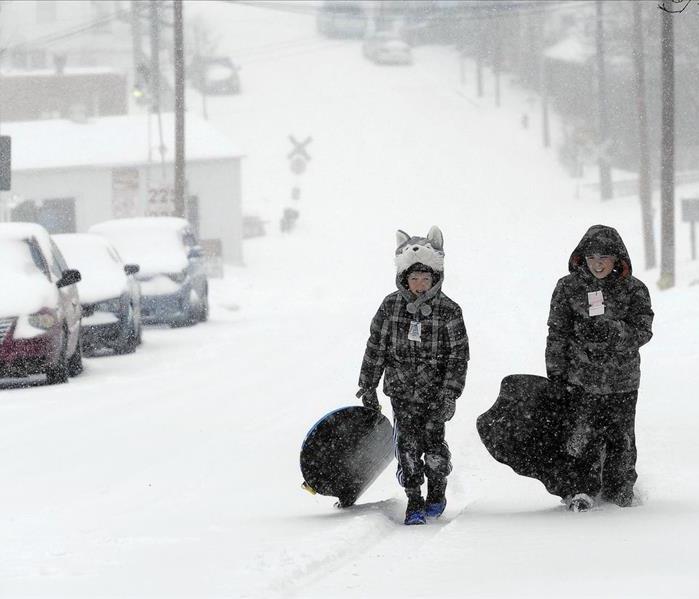What flooring is best in a water damage scenario?
11/4/2021 (Permalink)
Most customers after they experience a water damage in their home want to have a flooring change that may prevent it from being removed in a future water damage. While there are many factors that determine a floors restorability here are some of the general rules to follow:
- Wood Laminate Flooring such as the brand of Pergo is made of compressed wood and will swell and become damaged in a water loss. It is often installed my homeowners themselves due to the cost being low of material. However it is not durable and can not be refinished.
- Solid Wood Flooring(Hardwood)- When a water loss occurs and the homeowner begin remediation with specialized flooring drying equipment these floors can often be saved. If the customer waits over 48 hours the damage may be irreversible. Hardwood floors take on average 5-7 days to dry. These floors can be refinished
- Ceramic Tile Flooring – These floors resist wear and moisture. These floors need to be installed by a professional as improper grout can cause the floor to lift in the future. These are a great option for the water prone areas such as bathrooms, kitchens and basement.
- Luxury Vinyl Tile(LVT) or Luxury Vinyl Planks (LVP) This has become a popular choice for customer in this day in age. It is made from PVC where it can handle water. These often click together installed or glue down. The material will not become damaged by the water but if the floor is floating the material will need to be lifted to get the trapped moisture from beneath. The floor is unlikely to be able to be taken up in a manor where it can be reinstalled as the joints will break and trying to map it out in the same order you took it up in.
- Glue Down Carpet- This is often installed without padding and a thin carpet material designed to be glued. You can see this most common in basement of commercial buildings. This carpet can be dried when it a non-contaminated water source.
- Carpet & Pad – When remediation begins quickly the carpe can often be saved however the padding most often needs to be disposed of. The carpet will be lifted/detached, and the padding is removed. The technician will inspect for any signs of delamination for un-restorability.






 24/7 Emergency Service
24/7 Emergency Service
